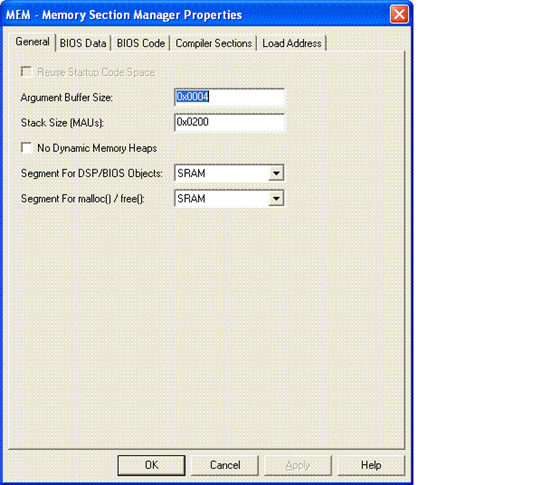I need to create a DSP/BIOS console application which runs on the F28335 control card and uses both printf & scanf. I would like to start with an automatically generated project, and make the minimum modifications necessary to get printf/scanf working.
Starting with the "Hello" DSP/Bios CCS 4.2 generated project, I was unable to get printf to work. In generating the project I specfified the F28355 and used automatic for the linker file and run time support fields. I modified the automatically provided hello.c to add printf output as follows:
#include <stdio.h>
#include "hellocfg.h"
/*
* ======== main ========
*/
Void main()
{
LOG_printf(&trace, "hello world!");
printf("Hello PRINTF\n");
fflush(stdout);
/* fall into DSP/BIOS idle loop */
return;
}
I would like instructions for creating a DSP/BIOS project supporting printf.
John


